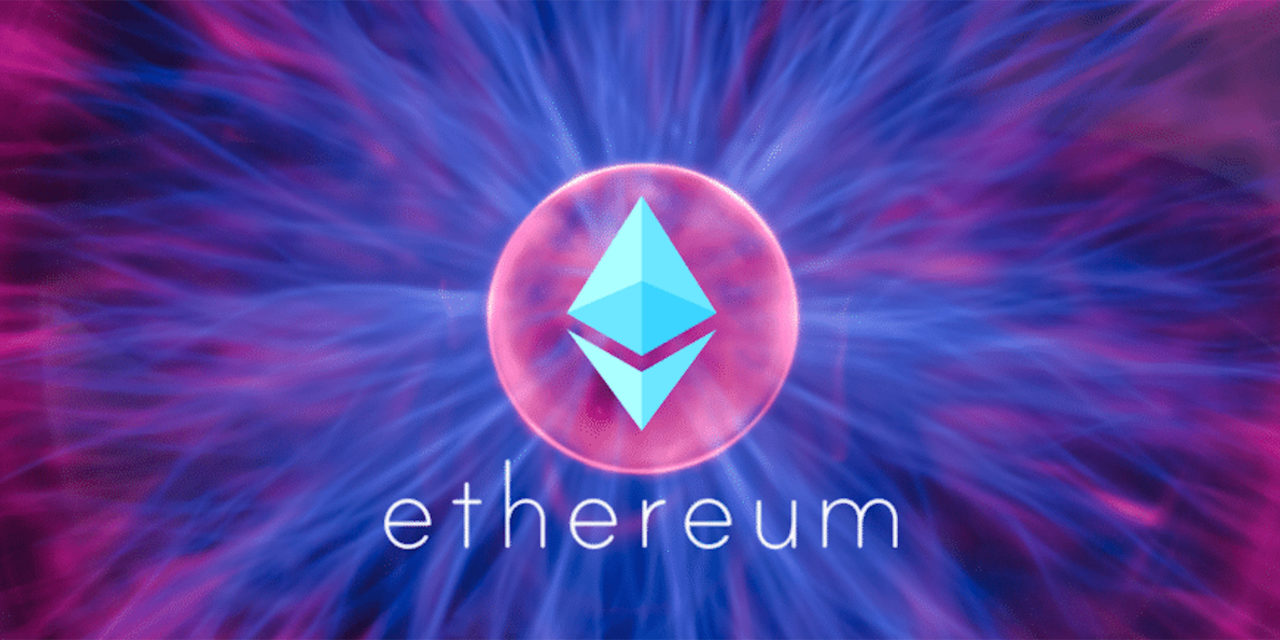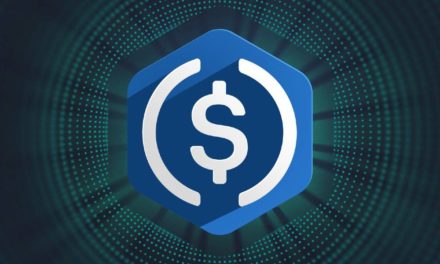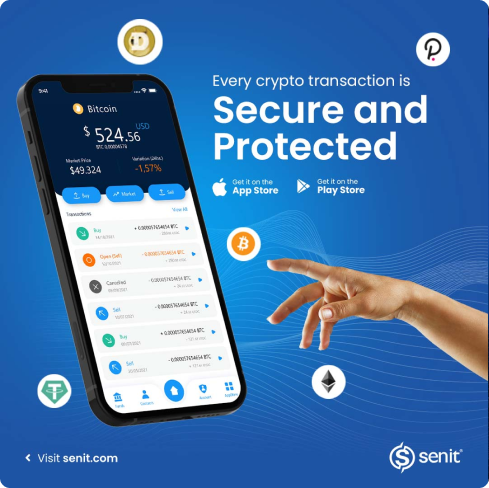There’s a lot of mention of ethereum in conversations about cryptocurrency. Wondering what ethereum is and why there is so much hype about it? Well, it’s time for the big reveal!
In 2013, a 19-year-old Russian born Canadian programmer named Vitalik Buterin, developed the idea of ethereum. However, ethereum didn’t go live until 2015.
Ethereum is an open-source software platform based on blockchain technology that operates on smart contracts. Now, let’s break that down. Blockchain is a shared database that tracks the digital public ledger of transactions that is recorded and distributed to networks of computers. Blockchain enables transactions to be decentralized, transparent, anonymous and immutable.
Decentralization means that there isn’t a single central authority, government or regulatory body that controls or manages the data record or storage of the digital ledger transactions in the blockchain. Imagine having a bank with no bank manager, central bank or government controlling it. The record of every single transaction made is sent to the computers of everyone who has an account with the bank. Since everyone has access to the record of transactions in the blockchain, it is transparent. Once a transaction is completed, the record is sent across the computers so it is immutable and can’t be changed or reversed. The blockchain also doesn’t use account names so when the transactions are shared, it doesn’t have names or identities but wallet addresses.
Smart Contracts
Now that blockchain is out of the way, let’s get back to ethereum. If ethereum operates on smart contracts, what are smart contracts? Smart contracts is a self-executing contract based on the blockchain that is controlled by the terms of agreement in the form of codes. With smart contracts, the terms of transactions between the buyer and the seller are automated and are programmed to run when predetermined conditions are met.

An insurance company, AXA had a product, Fizzy, which used smart contracts to make compensations to their customers if their flight was delayed for up to two hours. This product Fizzy was based on the ethereum blockchain and would transfer the compensation to the affected customers after receiving the flight delay information from the airline. So you see, predetermined conditions are met (in this case, flight delay for up to two hours) and the refunds are made (transaction executed) automatically. There is no middle man or third party to execute or facilitate the transactions so it saves cost, and is more efficient.
In ethereum, the code which is the term of the agreement between transactions to run in open source. This means it is public and accessible to everyone. Solidity is the most popular programming language that ethereum smart contracts are written in. On the ethereum network, programmers create applications to execute/authemate smart contracts. These softwares are called decentralized apps or dApp for short.
dApp and DeFi
Like developers can build applications on Play Store or App Store, dApps are built on ethereum blockchain. These dApps can be in categories like games, exchanges, finance, etc.
Decentralized Finance or DeFi aims to make the financial system decentralized and transparent on the ethereum blockchain. DeFi is essentially the use of technology to boycott third parties in financial transactions, making them more secure, transparent and efficient.
Ethereum Vs Bitcoin
There’s often a lot of comparison between Bitcoin and Ethereum. While these two have so much in common, they are also just as different. Bitcoin is a decentralized currency powered by the blockchain technology. While ethereum is also decentralized, it is a programmable blockchain network and people can build software on it for various purposes. Unlike Bitcoin that is solely digital money, ethereum isn’t but has its cryptocurrency; ether.
Transactions on ethereum are confirmed in seconds but Bitcoin transactions can run into minutes. This is because of faster block generation time. Bitcoin is fixed in supply and the maximum amount of Bitcoin that can be in circulation is 21 million tokens. Ether isn’t fixed in supply and therefore has no limit to the amount that can be in circulation.
While these two have a lot more key similarities and differences, it’s worthy to remember that the key difference is that bitcoin is digital money but ethereum is way more than just that.
Gas Fee
All the smart contracts executed on the ethereum network require gas. Gas is the cost for each transaction. Think of it as the bank charge you pay for performing a transaction. The contract pays miners in ether for mining the transactions which is gas fee. Miners are computer software called nodes that perform computational work involved for each transaction to be processed and validated. There’s often a minimum amount or gas limit set to complete these transcripts. You can pay a higher gas fee to outbid other user’s transactions and for yours to be completed faster.
The exact price a transaction costs is determined by supply and demand. The more people make transactions on the ethereum network at a given time, the higher the gas fee at that time. Gas is charged in small fractions of ether called gwei or nanoether. The same way 100 cents make one dollar, one billion gwei make one ether.
Ether
Even though people use ether and ethereum interchangeably, they aren’t the same. Ether (ETH) is ethereum’s native coin and the second largest cryptocurrency after bitcoin. Just like cryptocurrency like bitcoin, ether can be used as a form of payment or store of value.
However, the main purpose for the creation of ether is to power the ethereum network. Remember, applications known as dAPP are built on the ethereum network. Developers use ether like a form of fuel to build and run these applications.
Beyond these, ether can also be traded on exchanges like every other cryptocurrency. It can be used for trades; buying at a lower value, and selling at a higher value to make profit. It’s also used for other kinds of crypto transactions.
You can buy and own ether from online exchange platforms by exchanging your fiat currency (dollar, euro, pound) for its ether value. You can also purchase ether from trading platforms. These platforms serve as third parties and connect buyers to sellers. Another way to buy ether is by peer-to-peer transactions also known as P2P. This method allows buyers to buy directly from the seller at their preferred rate, chosen payment method and currency.
Why is ethereum so popular?
There are a lot of reasons for the increasing popularity and some of them include; it has so many use cases, there’s utmost security, it’s the first platform for smart contracts and it has a lot of potential to scale. It’s also pioneered a lot of technologies in the cryptocurrency space. It has been used for building diverse real world impactful applications and softwares like health and secure applications, etc. Altcoins are other cryptocurrency that are not Bitcoin and ether is considered one of the safest altcoins to trade. There are people who believe it has more potential than Bitcoin in the long run.
Another reason for its popularity is that the network is constantly improving. The launch of Etherueum 2.0 started in 2020 in three major phases with the final phase to happen in the second quarter of 2022. Ethereum 2.0 is an upgrade to the ethereum network that will and has made way for faster transactions, lower gas fees, increased scalability of the network, more opportunities for ether holders to make profit, etc. There’s no doubt ethereum is well on its way to leading more world innovations.










